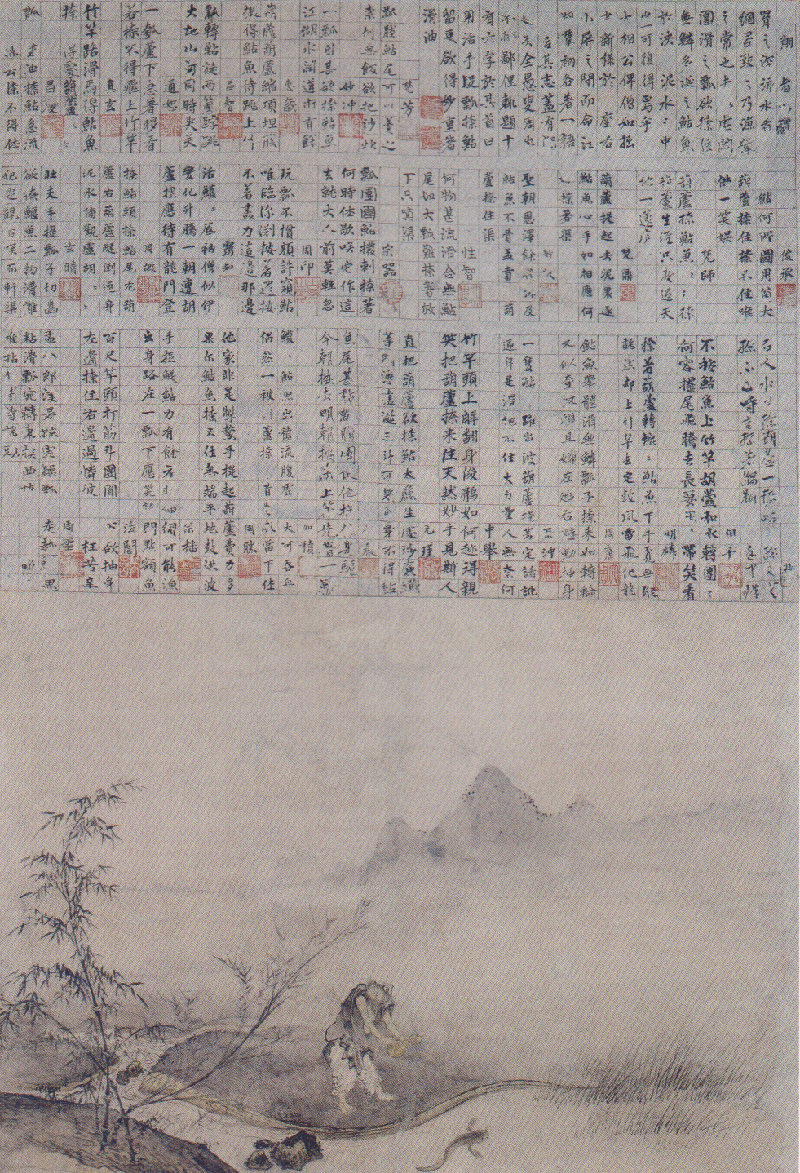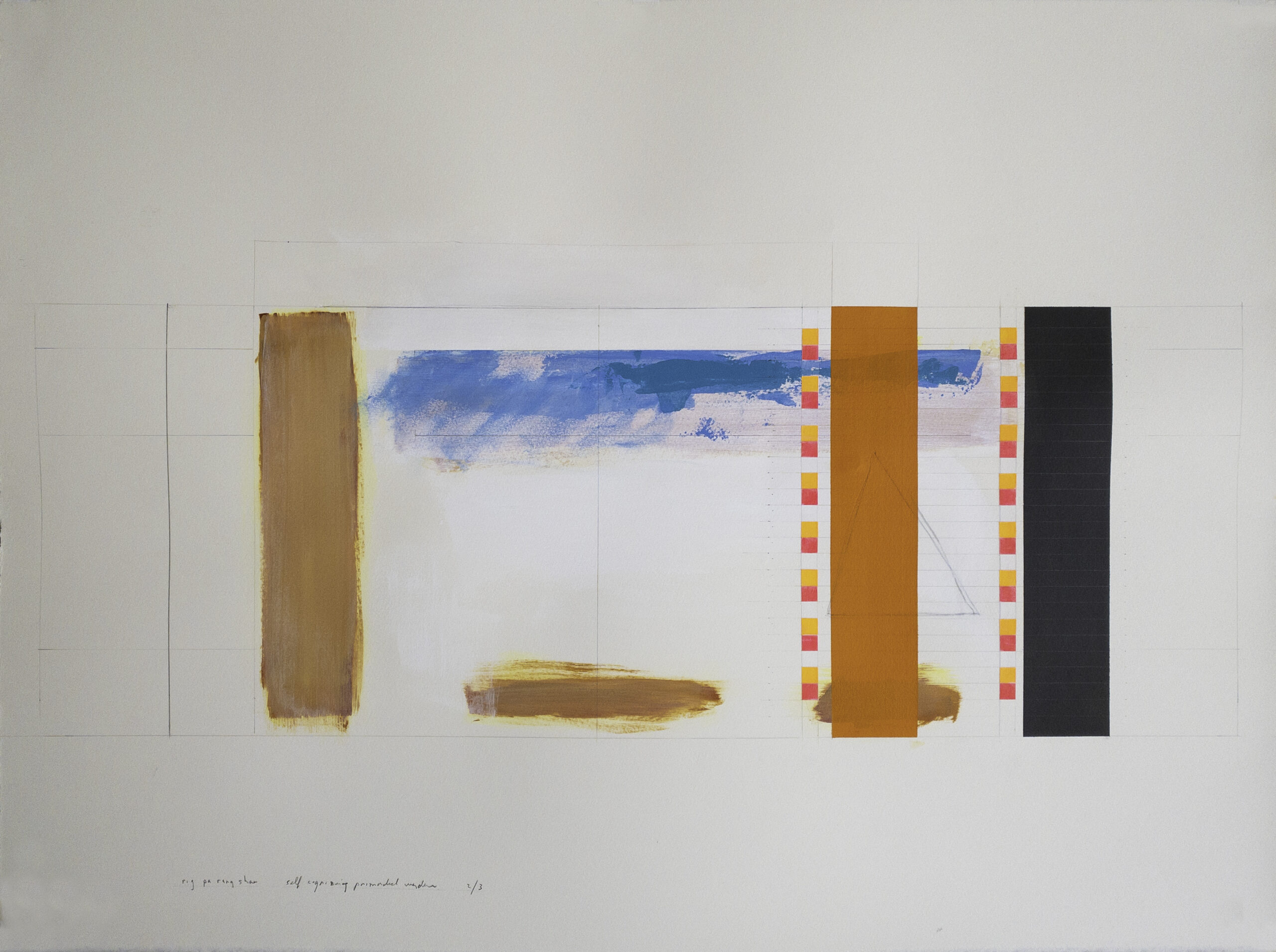| [panorama360 is360=”false” src=”https://www.billtoole.net/wordpress/wp-content/uploads/2021/09/yang-wei_two-horses.jpg” src_width=”6465″ src_height=”600″ style=”height: 300px; margin-bottom: 10px;”][/panorama360] |
| Yang Wei (楊微) | Jin Dynasty (1115–1234) | Ink and color on silk [ 25.2 x 81 cm ] Liaoning Provincial Museum [ 遼寧省博物館 / 辽宁省博物馆 ], Shenyang |
La Via Campesina North America
| This powerful exposé of United Nations Food Systems Summit shows how UN Secretary General António Guterres is consolidating a corporate takeover of the UN system, through partnerships with the Bill and Melinda Gates Foundation and billionaires behind the ‘Great Reset’. La Via Campesina North America and journalist Camila Escalante unveil the role of megaphilanthropy and even his royal highness Prince Charles in trying to displace peasant agriculture. Following the stunning failure of the Alliance for a Green Revolution in Africa (AGRA), its president, Agnes Kalibata, was repurposed to head the Summit. On September 23rd, the Summit will occur virtually and without the participation of LVC, as peasant organizations and popular movements across the world reject corporate control over food governance. Only redistributive land reform, agroecology, and food sovereignty can ensure healthy and just food systems for all, as stated in the UN Declaration on the Rights of Peasants. |
MaimeriBlu Watercolour
Dara Shukoh and Consort
four kayas
Dhamek Stupa
studies for SU(3) x SU(2) x U(1) and SO(10) x U(1)
Analysis of the Middle and the Extremes
English translation of the text Analysis of the Middle and the Extremes. From the Chinese translation of the Madhyāntavibhāga-bhāṣya from Sanskrit by Xuanzang 玄奘 (602–664). Part of the BDK English Tripiṭaka Series.
Xuanzang’s disciple Ji 基 (632–682, also known as Kuiji 窺基), gives the following explanation in his commentary on this work:
Nine hundred years after the Buddha passed away, the bodhisattva Asaṅga was born into the world. He went to Maitreya to request a teaching on the great śāstra, the circumstances of which are as explained elsewhere. Maitreya taught the verses (kārikā) of this śāstra, called the “Verses Analyzing the Middle and Extremes,” which Asaṅga received and subsequently passed onto Vasubandhu to have them explained in detail. Hence, this prose was produced by Vasubandhu, called Śāstra Analyzing the Middle and Extremes (Madhyānta- vibhāga-bhāṣya).
Nur Jahan Begum
Carlo Rovelli – The disappearance of space and time
Yokohama Kaiko / Fyutte no Ichi he / Tsuma Koi Docchuu
Hokonogo-in temple – 2021-07-14
Byōdō-in temple
rig pa rang shar – self cognizing primordial wisdom
Josetsu – catching a catfish with a gourd
 |
| Catching a catfish with a gourd (瓢鮎図, Hyō-nen-zu) is a hanging scroll painting by the 15th-century artist Josetsu (如拙). The painting was executed in c. 1415 and is held by Taizō-in, a sub-temple of the Myōshin-ji complex of Zen Buddhist temples in Kyoto. It is one of the earliest suiboku (ink wash) paintings in Japan and was designated as a National Treasure of Japan in 1951. The painting is accompanied by many inscriptions, and may be considered an example of shigajiku (a “poem-and-painting scroll”).
Josetsu was born and trained as an artist in China but settled in Japan. He was one of the first suiboku painters working in Japan in the Muromachi period. The work was inspired by a riddle set by Ashikaga Yoshimochi, the fourth shōgun of the Ashikaga shogunate: “How do you catch a catfish with a gourd?” The full scroll measures 111.5 cm × 75.8 cm (43.9 in × 29.8 in), with long inscription above the painting recording the shōgun’s rhetorical question and also that Josetsu drew an answer, and naming 31 leading Zen monks who each provide a written response to the shōgun’s question. |







































